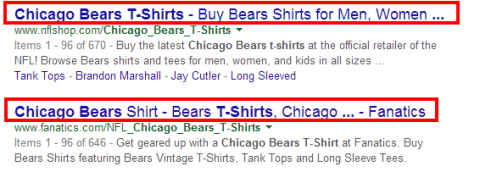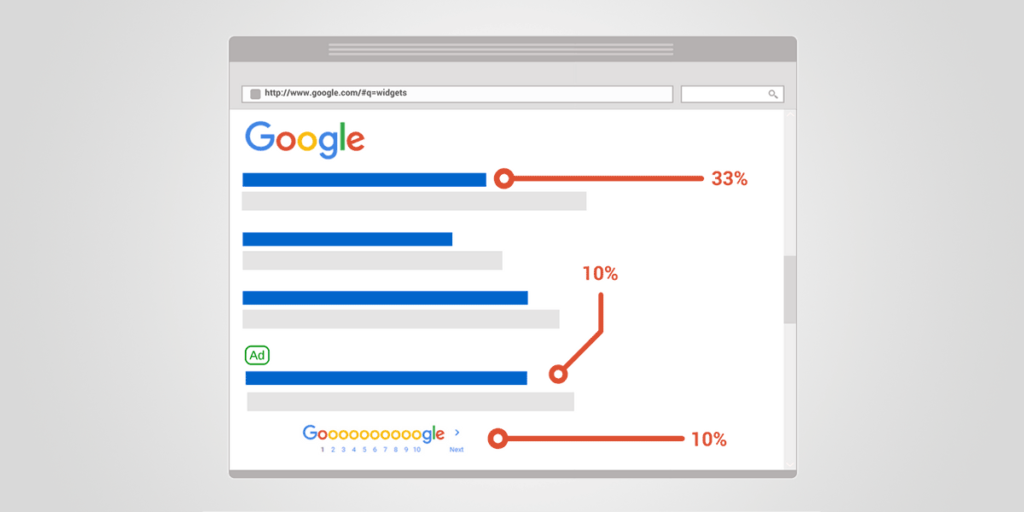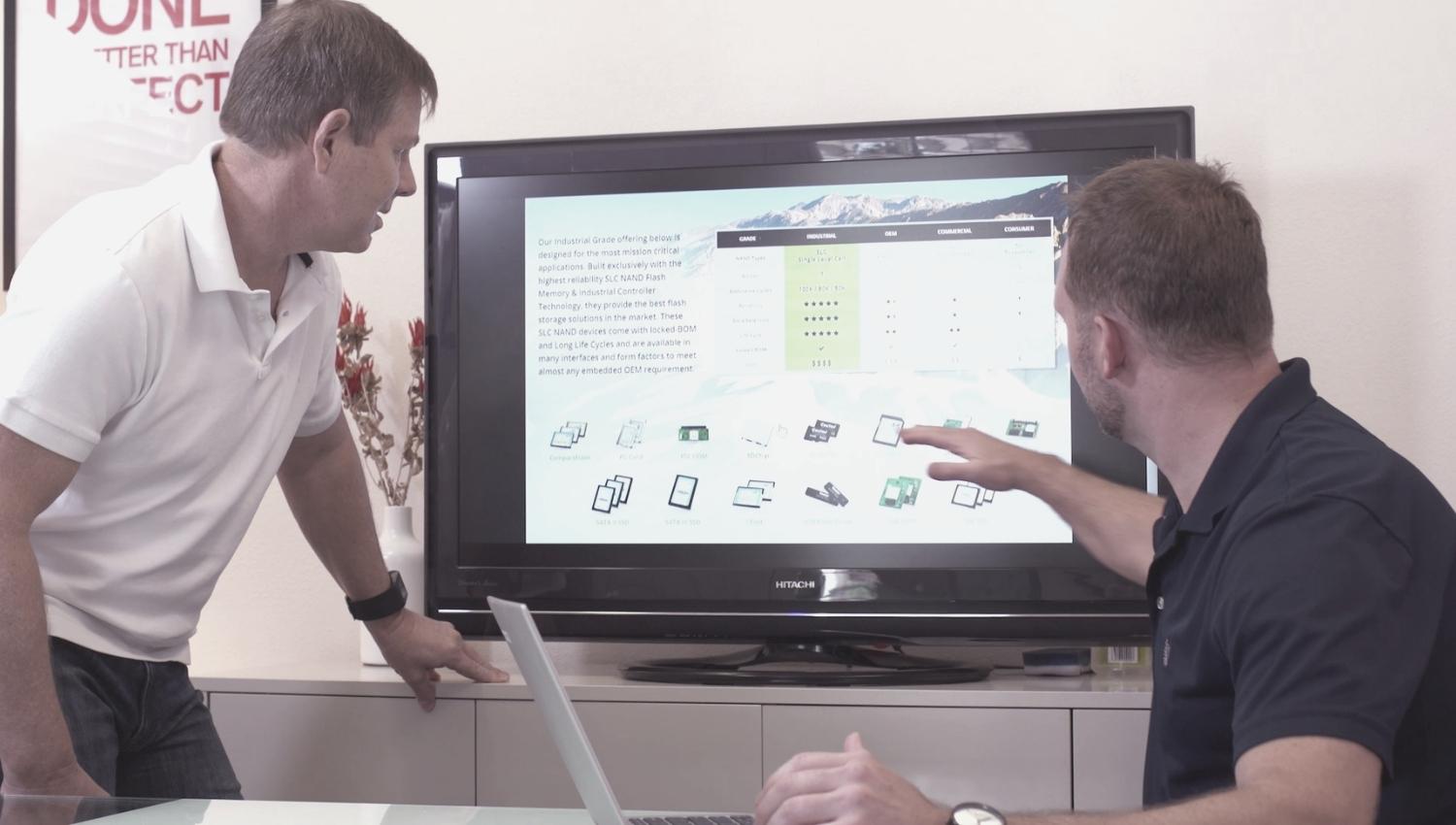
10 Common SEO Mistakes You Need To Fix Yesterday
Updated last on:
March 2, 2023
To avoid common SEO mistakes, take an 80/20 approach (Pareto Principle). 80% of the issues come from 20% of the mistakes. Here are the 10 most common issues we see websites make with their SEO.

by Eric Sharp
TOPICS:
Ensuring your website can be found by search engines is an ongoing challenge.
Google updates its algorithm 500-600 times a year and say they have around 200 different ranking factors. At times, I even find myself wondering if I’m keeping up with the latest SEO trends, guidelines, and recommendations for maximum optimization.
To ensure that you’re approaching SEO diligently and avoiding its common mistakes, I recommend taking an 80/20 approach (Pareto principle). 80% of the issues come from 20% of the mistakes.
That’s good — no, GREAT — news, because if you can avoid a handful of SEO mistakes, you’ll be avoiding 80 percent of the SEO issues that come from them!
Here are 10 common SEO mistakes you should start fixing right away.
1. More than one canonical URL for each page
Improper URL Canonicalization (pronounced: “ca-non-ick-cull-eye-zay-shun”) is an SEO mistake that Google evangelist Matt Cutts wrote about back in 2006, yet, it continues to be a destructive issue for websites of all sizes.
Search engine bots (aka “web spiders” or “web crawlers”) prefer a single version of a URL. It’s easier to find, index, and determine what the page is about.
Let’s dissect this homepage’s four different URL versions:
- www.website.com
- website.com/
- www.website.com/index.html
- website.com/home.php
I know what you’re thinking — “they’re all the same page.” Yes and no. All these URLs could load the same content. However, a bot will see this homepage as four different pages.
This confuses search engines because they’re unsure of which version to index, so they decide on your behalf (for better or worse).
2. Page URLs are not SEO-friendly
Unlike URL Canonicalization, this mistake is easy to diagnose. Search engines (and people!) love clean URLs.

SEO friendly URLs do a faster and more efficient job of articulating what a page’s content is about — which will help your content rank faster and improve click-through rate in the SERP (Search Engine Results Page).
Moz has an extremely helpful URL Cheat Sheet if you want to nerd out and learn the anatomy of a URL.
3. Spreading keywords on every single page
This is the most-common SEO mistake I see companies making today. It comes laced with re-work down the road because it contradicts a fundamental aspect of SEO.
Keyword optimization is about targeting SPECIFIC pages, not spreading keywords to ALL pages.
If your website is trying to rank for “chicago bears tshirts”, you don’t optimize for that keyword sitewide — you target a single page.
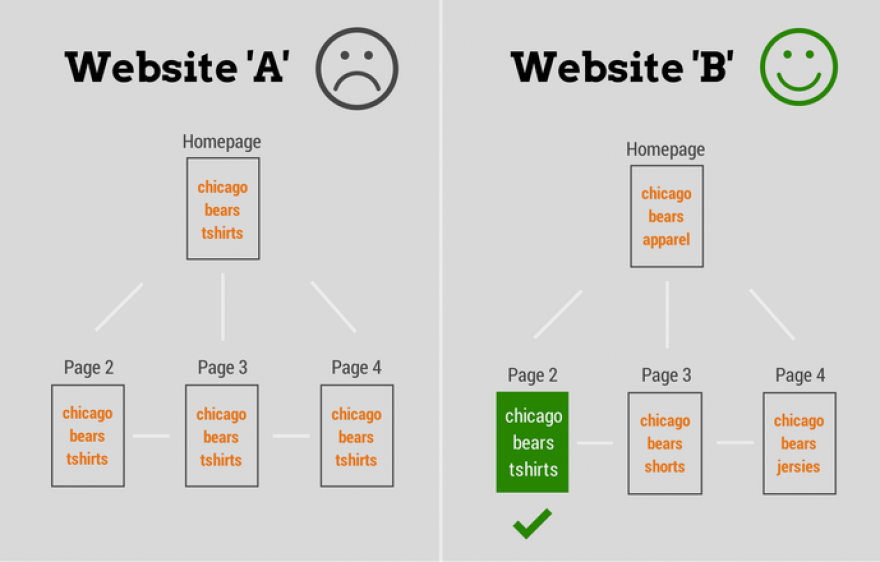
Website ‘B’ will outrank Website ‘A’ for “chicago bears tshirts” because it’s targeting the keyword through a specific page (highlighted in green).
This approach may seem to defy logic (the more keywords everywhere, the better), but precision is the name of the game.
4. Lengthy Meta Title with keyword stuffing
A page’s meta title shows up as the big blue links on the search engine results page (sample below). A meta title is one of the most-important elements to SEO because it impacts rankings, readability, click-through rate and shareability with external websites.
Stuffing keywords in the meta title tag and being overly wordy are toxic (yet common) SEO mistakes. Writing a concise and non-spammy meta title involves keeping it between 50 to 69 characters (with spaces) and ensuring it’s compelling and actionable.
Here’s an example of a lengthy (over 69 characters) and spammy meta title:
Chicago Bears TShirts | Buy Chicago Bears T-Shirts | Best Chicago Bears T-Shirts Online Today
And here’s a concise (precisely 64 characters) and non-spammy meta title:
Buy Chicago Bears TShirts - Free Shipping on every Bears T-shirt
Which one would you click on?
5. Optimizing for the Wrong Keyword

Targeting the wrong keyword is a lot like using particle board ‘M’ instead of ‘N’ when assembling an IKEA bookcase – every subsequent step is, unfortunately, negated and the result won’t be pretty. (I might be speaking from IKEA experience here.)
To avoid optimizing for the incorrect keywords, ask yourself these three questions before finalizing your strategy:
- Will this keyword drive relevant and qualified traffic?
- Does this keyword generate enough searches per month?
- Can I expect a top 10 ranking with this keyword? (in other words, is this keyword too competitive?)
If you can answer ‘Yes’ to all three questions, then you’re on your way to avoiding this SEO mistake with your keyword strategy!
6. Keyword stuffing in content
Keyword stuffing is one of those SEO mistakes that can negatively impact rankings, traffic and the user experience.
Search engines no longer put a heavy emphasis on keyword density (this changed over a decade ago) and when websites stuff keywords in every sentence, it spits out an awful reading experience like this:
We have the very best Chicago Bears T-shirts in our stores. Our Chicago Bears T-shirts are made with quality material. Get free shipping on every Chicago Bears T-shirt!
Eww.
Write for people, optimize for robots.
Though there’s no magic number to how many times you use a keyword in your content, you should adopt a “write for people, optimize for robots” philosophy.
Google’s Matt Cutts confirms that keyword density is not a recipe you follow to rank #1 (e.g. use the keyword 7% of the time on a page).
7. Light content
Studies show that content length affects rankings. Pages with heavier, richer content will typically outrank pages with lighter content.
Can a page with light content (under 300 words) still rank well? Absolutely. With the right social signals, handful of quality backlinks (discussed in #10 below) and a hearty discussion via a comments section, it can be done.
However, the mistake is treating light content as the norm, rather than the exception.
In practical terms, creating 10 rich blogs at 1,000 words each rather than 30 generic blogs at 300 words each will generate more traffic and natural links over the long haul.
8. Duplicate content
Duplicate content is when content appears in more than one location of your website. This error can be tricky because sometimes it’s not so obvious to the eye.
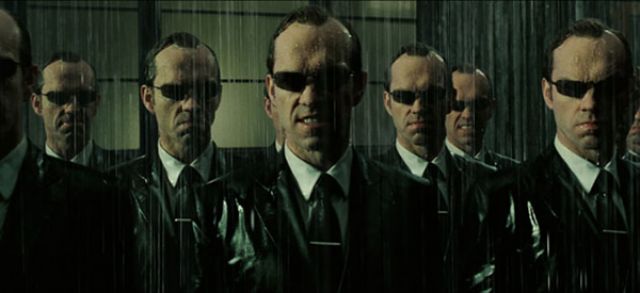
Lets first look at the obvious…
If you have a page of content dedicated to FAQs, and that exact content resides under the ‘PRODUCTS’ section and ‘CUSTOMER SERVICE’ section — that’s duplicate content.
Now for the not so obvious…
If you have a page of content dedicated to FAQs, and that content can be accessed with multiple URLs (e.g. http://www.website.com/faq or http://website.com/faq) — that’s duplicate content because of a canonicalization issue (#1 on this list).
Duplicate content errors will confuse search engines, dilute rankings, and ultimately impact your traffic. Fixing them can provide a major boost to your SEO’s ROI.
9. No consistency with internal links
Linking to other pages of your website is one of the easiest ways to help search engines understand what your content is about. HOW you exactly link to those pages is just as important.
Which option below sets its link properly?
- Option A: Click here to see all Chicago Bears T-shirts
- Option B: See all Chicago Bears T-shirts
If you said ‘Option B’, you’re the big winner. Search engines use this “anchor text” (the clickable part, typically in a different color and underlined) to help determine the subject matter of the linked-to document.
Consistent use and variations of the right anchor text will establish website hierarchy and pass link juice (ranking power).
Learn more about internal links and the UX reasons for NOT naming links “click here”.
10. No quality external links
Just to ensure we’re talking the same language:
External links = other websites linking to your website
The value of external links to a website has certainly run its gamut. Before Google rolled out Penguin 1.0 in 2012 (the algorithm change that directly targeted unnatural backlinks), there was an unhealthy emphasis on external links to obtain rankings. Post-Penguin, I’ve been getting a sense that people fear external links for risk they may get penalized.
Quite the flip flop, right?
An external link can boost the ranking of a piece of content significantly. I’ve seen it with my blog posts (like this one: Why we Prototype vs Wireframe). This blog jumped to the top 3 for a keyword shortly after generating a natural link from a quality website. That’s the power of a quality external link.
The SEO mistake here is fearing — thus not creating — external links. If that advice is too ambiguous for your taste, then I recommend What is an Unnatural Link? An in-depth Look at the Google Quality Guidelines and Google’s quality guideline on avoiding a link scheme.
Use the Pareto principle
As I mentioned in the beginning, using the 80/20 principle is a practical approach if your website finds itself buried in SEO issues. Though there are numerous ranking factors, just focus on the mistakes I’ve highlighted here, and you’ll eliminate 80% of the issues.
Need website help?

We're all about websites — especially websites that are loved by people and Google.
Since 2001, we've been helping clients nationwide turnaround their outdated and under-performing websites.

"Our website is generating quality leads every week thanks to their website consulting."
Steve L.
Cactus Technologies
Hey, you made it!
There is gobs of information available today — I'm honored you found this article interesting enough to make it here. I hope this insight leads you to a better-performing website!

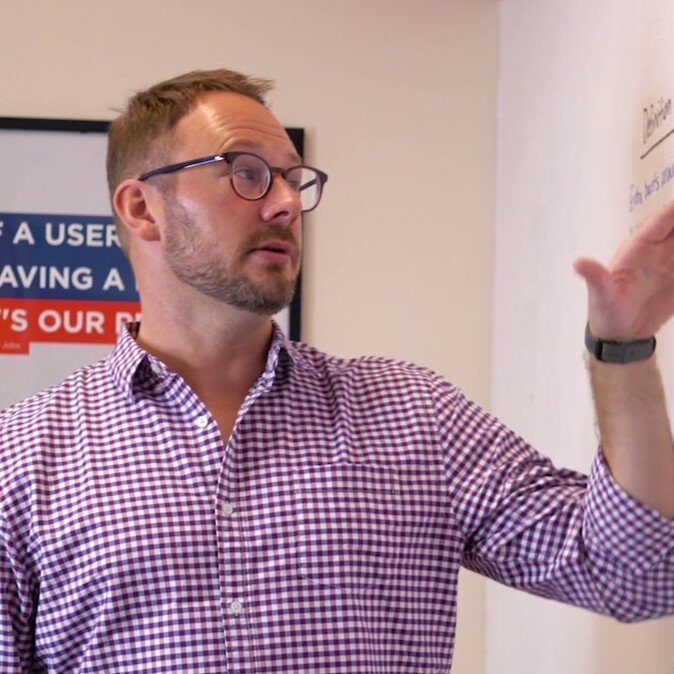
About the Author
Eric Sharp is the founder of ProtoFuse and has been in the website trenches since 1999 — right before the dot-com boom redefined the website landscape. Since then, he's accumulated 25 years of digital marketing experience and prides himself on creating websites "Loved by people and Google". Outside of websites, it's all about fam time with his wife and 3 kids. He enjoys CrossFit, cooking steak on his cast iron skillet, collecting Jordan sports cards, and Daaa Bears.


